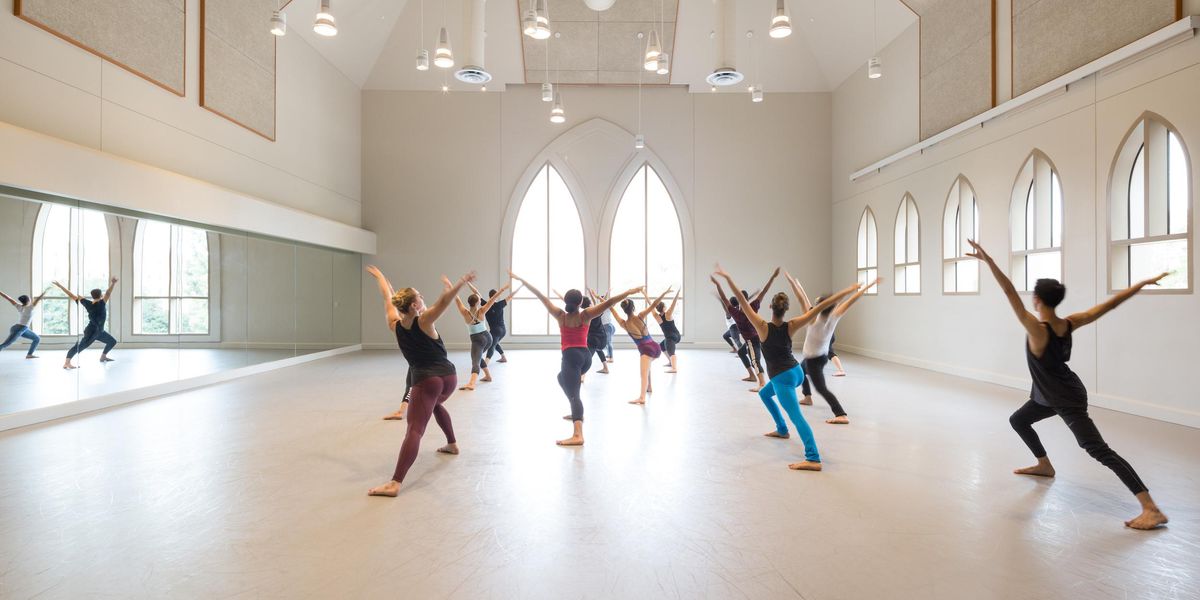Horst Koegler (1927 – 2012)
After 65 years of writing reviews that made it seem he lived dance and music, Koegler died on May 11. Fascination with performance came first for him, whereas the arts criticism and journalism that earned him his reputation were subsequent pursuits.
As a boy in pre-World War II Germany, he had played piano promisingly and put on theatricals. His hometown, Neuruppin, was no metropolis, but outings 
to nearby Berlin whetted his appetite for professional artistry. His favorites were the Sisters Hoepfner, a popular balletic duo, and, as noted in the memoir begun toward the end of Koegler’s life, they were Adolf Hitler’s favorites too.
Having to join the Hitler Youth, Koegler was a sorry conscript, often 
absenting himself to play the organ for church. Before graduating school he 
was obliged to enlist in the military and was sent to defend a naval canal—where the British Army captured him. He was treated well and used the English in which he had excelled at school to translate for his German fellow prisoners and their erstwhile foes.

The time Koegler spent away from pianos and organs seems to have doused his 
ambition to become a musician. After peace was declared he enrolled at the University of Kiel and then at East Germany’s Theater Institute. Also he wrote his first reviews and was almost expelled from the institute for criticizing productions staged by his teachers. Hired in 1947 as dramaturg by the theater in Görlitz, Koegler directed operas in which he featured dancers even when they weren’t explicitly called for. He got away with it—sometimes displaying the dancers topless.

 East German theater had to adhere to Communist dogma, which turned Koegler off. In 1951 he defected to West Berlin. Working initially as a laborer, he was miserable until landing some review assignments. Editors paired him with photographer Siegfried Enkelmann, who advised him to focus on dance, “the coming art form.” Seeing a wide range of dance and talking with those involved, Koegler became knowledgeable.
The time was right: Berlin was bursting with dance. Revelatory was New York 
City Ballet’s 1952 visit, which made him a lifelong lover of Balanchine and 
Robbins choreography.

Koegler’s personally involved, pithy style caught on. Soon he was not just Berlin’s but West Germany’s best known dance critic. Traveling to performances near and far and also writing for foreign publications, his reputation spread. From Berlin, Koegler moved to Cologne (1959), spent time in New York (1964), and became music editor and dance critic of The Stuttgart Newspaper, settling in that city (1977) but continuing to roam and publish ubiquitously. Often he was identified as Dance Magazine’s longtime German correspondent. In 2001 he started his bilingual, internet koeglerjournal to protest newspapers’ diminished dance coverage and the dance press’ fascination with difference for difference’s sake.
It was as a champion of “the new and beautiful born from classic precedents” that Koegler saw himself. He disavowed becoming a model and 
mentor for younger critics in the German language sphere. Did he have power? Because of his contacts with choreographers, composers, designers et al., Koegler was consulted, particularly in Germany, and did influence the arts scene. —George Jackson




